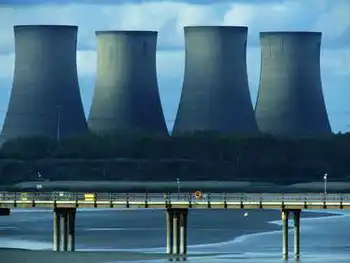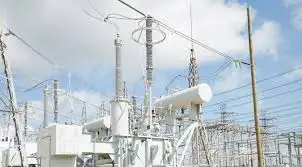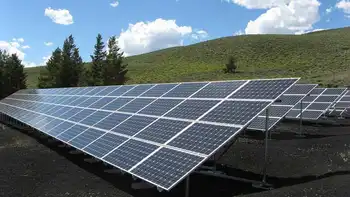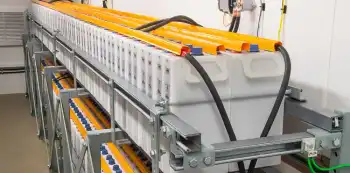Solar firm building plant in Las Vegas
By Knight Ridder Tribune
NFPA 70e Training - Arc Flash
Our customized live online or in‑person group training can be delivered to your staff at your location.

- Live Online
- 6 hours Instructor-led
- Group Training Available
The 130,000-square-foot plant, near Las Vegas McCarran International Airport, will employ 50 people when it opens in April. John O'Donnell, Ausra's executive vice president, said the plant will be heavily automated and rely on multiple robots to manufacture the parts and pieces needed to construct a solar power plant.
Those systems will be trucked to San Luis Obispo County, where Ausra will build a plant that will generate 177 megawatts of power for Pacific Gas & Electric.
In a year, O'Donnell said, the manufacturing plant will make enough reflectors, towers, tubes and other solar components to create solar collectors capable of generating 700 megawatts of power.
One megawatt can power 750 homes.
"We're going to make twice as much stuff in a year as the entire world solar industry is making today," he said. Ausra uses flat mirrors that boil water to create steam that turn turbines to produce electricity. O'Donnell wouldn't say how much it will cost to build the plant.
In September, Ausra got $40 million from Khosla Ventures and Kleiner Perkins Caufield & Byers, two Silicon Valley venture capital heavyweights with big investments in clean technology. Besides its deal with PG&E, Ausra has announced its intention to construct another plant to be used by Florida Power & Light.
It is likely that the company will build a manufacturing facility in the Southeast to serve that project, O'Donnell said. And more deals are coming, he said. With more states, such as California, enacting legislation requiring greater percentages of power from renewable sources, "we'll need 17 gigawatts by 2020 - 1,700 megawatts is a lot," he said.
O'Donnell said Ausra considered the Bay Area, Barstow in Southern California and Phoenix before choosing Las Vegas. Although the company didn't get any special incentives, O'Donnell did note Nevada's "business-friendly climate"; U.S. Sen. Harry Reid's push to make the state a center of renewable energy; and its location in the heart of the "solar Southwest" as reasons for selecting it as the home for its plant.











